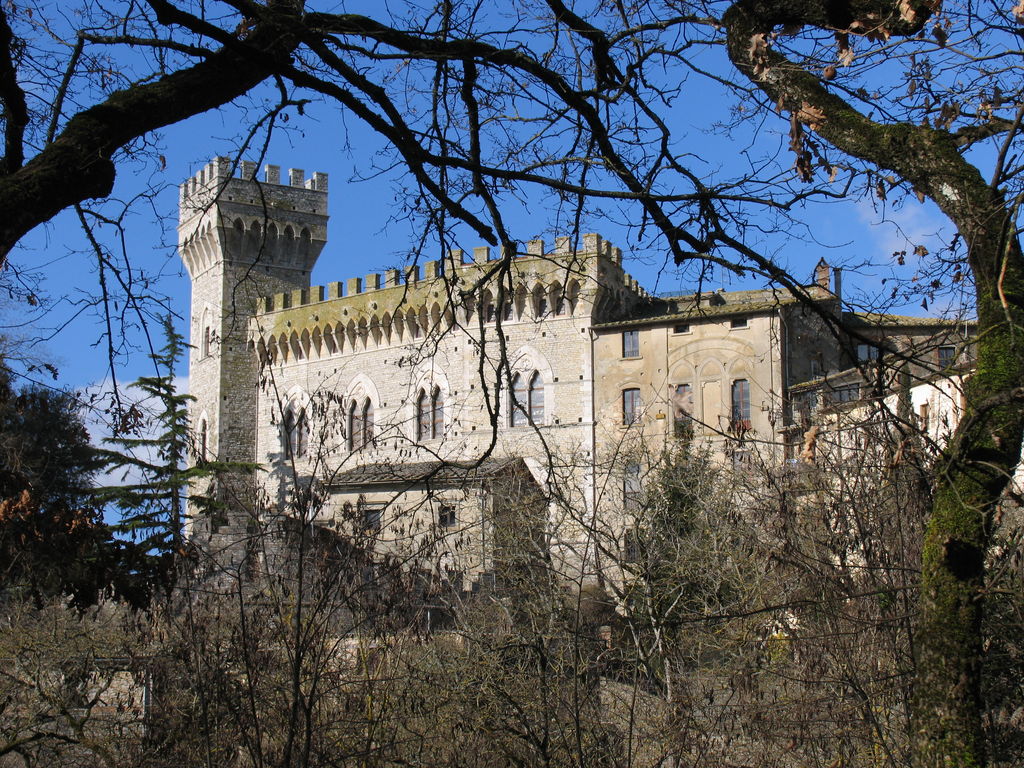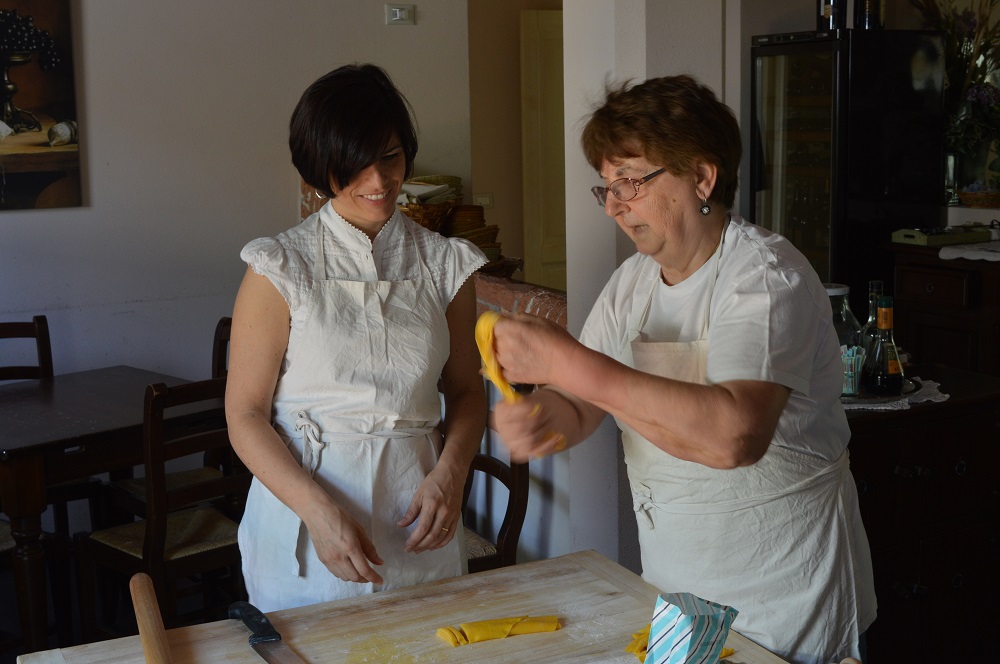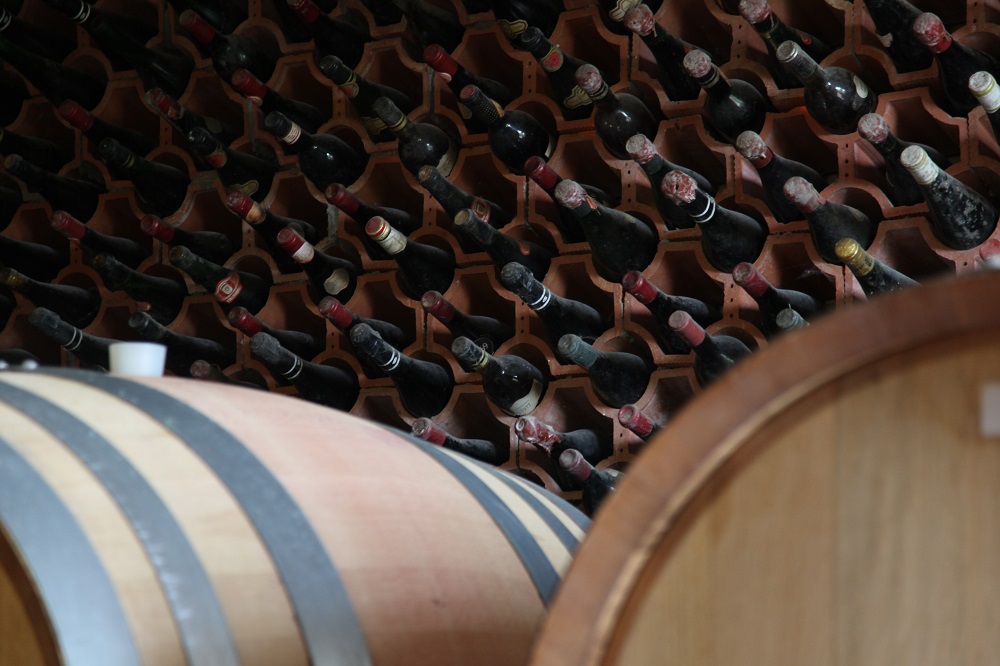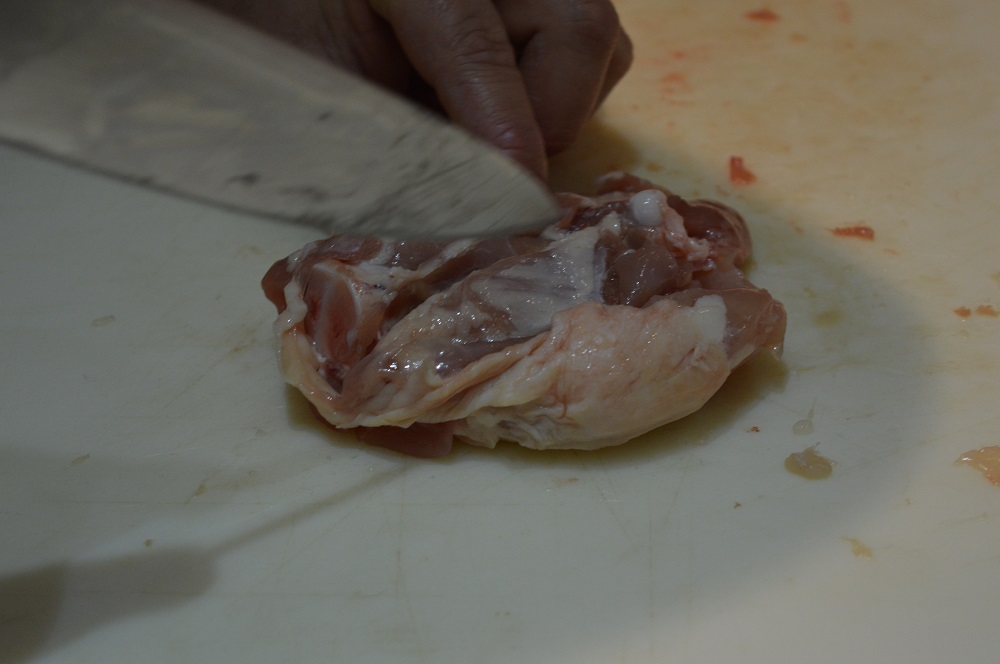
Tuscany-San Casciano dei Bagni
Italy, and Tuscany in particular, is peppered with natural hot springs rich in minerals that have been used by people since the ancient Romans for their health and beauty benefits. We decided to explore another side of the tuscan countryside and to go down to the border of Lazio and Umbria to visit one of the beautifull little villages of Tuscany called San Casciano dei Bagni , well know for natural hot springs. It is a particularly favorable location as a starting point to explore a territory that, in a few tens of kilometers, ranges from Amiata, Lake Trasimeno and Lake Bolsena. The village of San Casciano was created specifically for the exploitation of its 42 thermal springs: this clearly indicates the primary importance of the beneficial spring waters in the history of this tiny village. Legend says that the foundation of the baths of San Casciano actually dates back to the Etruscan king Porsenna. In any case the San Casciano thermal baths has been known and exploited first by the Etruscans and then by the Romans, also because of its relative proximity to Rome. It is said that the emperor Octavianus Augustus was a regular visitor to these baths. Still nowadays many Roman politicians and showmans owns a house in San Casciano dei Bagni, a a very relaxing place where it is possible to leave traffic and noise far away. The village lies on the top of a hill and the views are great! We enjoyed few hours at the Fonteverde spa a very nice resort with hot springs pools overlooking a spectacular hills view. The thermal waters of San Casciano are known for the particularly abundant flow and for the intense heat emanating: in fact they flow from more than forty sources at a temperature of 42 °. These are waters rich in minerals: they are classified as sulphurous-fluoric-calcium-magnesium and, as such, have specific therapeutic virtues and different methods of use. It is possible to find free pools around the village where warm water is always available for all. For your next travel to Italy do not miss the chance to try one of the beautiful hot springs that can be find all over the booth!










